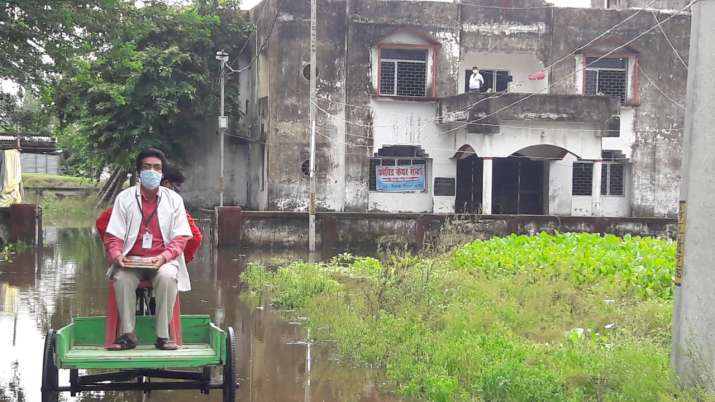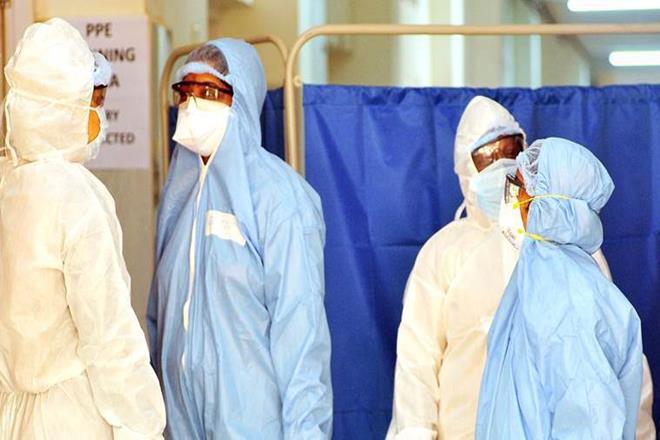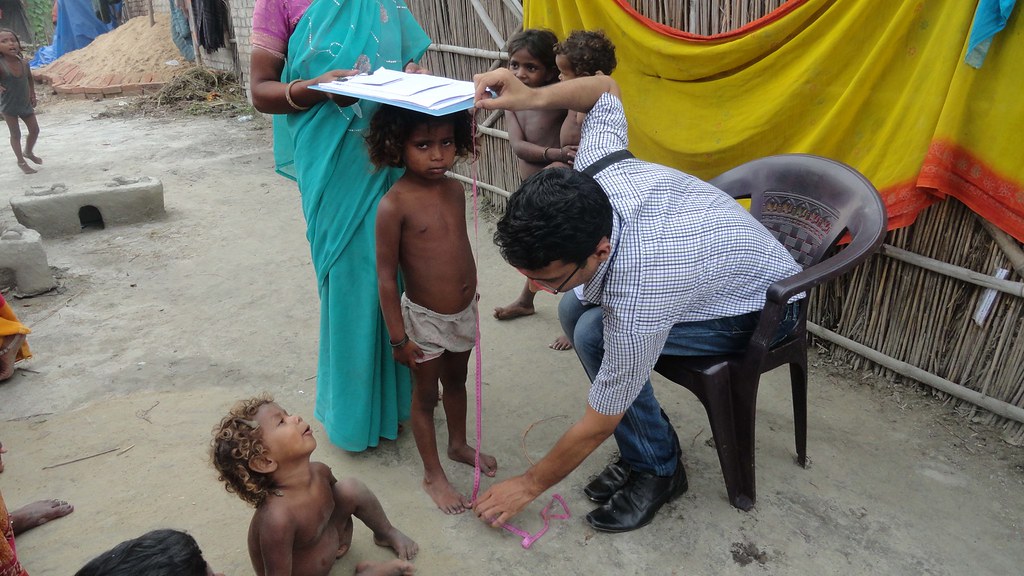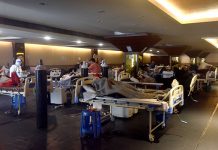Doctors and medical staff are at the centre of our fight against the coronavirus pandemic and we perhaps, can’t even imagine being virus free and healthy as a collective without their efforts and selfless work throughout the last many months.
Doctors, nurses and other paramedical staff are putting their own lives at risk, often working in the absence of adequate safety gear or PPE Kits, are receiving delayed payments of their salaries and are putting their own families at risk by coming to the work domain, at a time when places such as hospitals and clinics are no less than war zones.
This puts the critical role and centrality of the duties performed by doctors in focus and enables us to sketch 0ut for ourselves the tremendous role that they are playing in times such as these.
But what is ironic is that in a country like India, while our doctors are required to work as frontline warriors and execute their responsibilities, their own wellbeing and safety is seldom a priority. Especially in states like Bihar, which has one of the poorest medical infrastructures in the country, the maximum number of deaths among doctors has been reported.
The state began with a low caseload but its cases are now rapidly growing and doctors are again finding themselves at risk in the absence of adequate safety gear, medical equipment and protection against the risk of the infection. It is alarming that Bihar has reported nine times more deaths among doctors than any other state according to the reports produced by the Indian Medical Association(IMA).
The national average for the death of doctors in the country is 0.5% and the doctor’s death percentage in Bihar due to coronavirus alone is 4.42%.
If one were to look at figures till Sunday, then already nineteen doctors have died in Bihar and more than 250 doctors have been infected. The number of doctors who died due to coronavirus is much lesser in several other states such as Maharashtra(o.15%), Karnataka(0.6%), Gujarat(0.9%)and Delhi(0.3%). Nineteen doctors losing their lives due to coronavirus in Bihar is an alarming point and especially when the rates are so high compared to several other Indian states, many where the infection rates are much higher than in Bihar.
Why are Doctors More Vulnerable to Death by COVID-19 in Bihar?
One of the main questions that comes to mind in this context is why are doctors dying at a far greater rate in Bihar when compared to other states like Maharashtra, Delhi or Karnataka which have reported a much higher caseload. The officials of the IMA have held several factors responsible for this including poor facilities and the quality of protective gear that is being provided to the doctors who are working at the frontline of COVID-19 relief.

Another very important issue which has been repeatedly raised by IMA is that unlike in other state, in Bihar doctors don’t get a break from duty due to work load reasons and this puts their own health at a tremendous amount of risk.In several other states, doctors get a 15 day quarantine period after 15 days of work. But in the state of Bihar, most doctors have been on continuous duty since March even without one day’s off. Moreover, most doctors who work in government run and public hospitals are quite aged and fall under the criteria of senior citizens, many of them already have existing morbidities and thus compelling them to work at the frontline exposes them to unprecedented risks.
The lack of doctors is the reason why the existing doctors and medical staff are being exhausted beyond their human capacity. The state is among very few others, where 60% job openings for doctors in sanctioned government duty posts are still vacant.
The next important point of caution which has been raised by the medical body is that the protective kits available in Bihar are of poor quality.
The state has so far reported the deaths of more than 450 people and more than 82,741 people have tested positive for the coronavirus. The government has worked on increasing the testing frequencies and 54,139 patients have so far recovered from the coronavirus infection.
COVID-19 and the Story of Bihar’s Crumbing Health Infrastructure
It would not be wrong to say that the coronavirus pandemic has been putting pressure at an extent that the already weak and vulnerable medical infrastructure of Bihar is finding it impossible to handle. Poor planning, shortage of doctors and medical facilities and lack of quality protective equipment have all collectively landed Bihar in this chaotic state of affairs. Doctors who have been working as fronting workers in the fight against coronavirus are supposed to be given a basic minimum access to facilities such as an N95 mask, PPE Kit and sanitisers according to the protocol for protecting themselves against the spread of infection. Paradoxically doctors who are the most important soldiers in our fight against the pandemic are often not given access to any of these in the state of Bihar, especially in facilities run by the government.

They are often seen making use of HIV kits in the absence of adequate safety equipment. Changing gloves at frequent intervals has also not been possible for them and they often have to continue wearing the same gloves for more than eight hours.
The reuse of worn gloves after sanitising them has been a common practice. Even in the state’s Capital ,Patna, the lack of beds for coronavirus patients in government funded hospitals is a cause of deepening concern.
With extreme pressure on doctors, and lack of adequate safety arrangements to ensure that they are safe, doctors are working despite the all pervading risks to their own lives. It wouldn’t be wrong to conclude that Bihar’s health infrastructure is crumbling and is at a complete loss after the spread of coronavirus began to take a toll on the state and spread within the community.
No wonder in a country which ranks 184 out of 191 in terms of health infrastructure according to WHO, the condition in its most poorest state is bound to be grim. Bihar has a population of 99 million citizens and has fewer than 2,000 primary health centres and lesser than 150 community health centres. 60% sanctioned posts for doctors continue to be empty.
Although over the years, one can notice the massive proliferation of private health facilities, the problem is that the majority of the masses are dependent on the public funded and government run medical facilities because they are far more affordable and while the private hospitals can only be accessed by the wealthy and the privileged, the ordinary citizens depend on government hospitals for health worries. The situation in the state is indeed worrying and if necessary steps aren’t taken at the earliest, the doctors and citizens of Bihar may have to see tougher days ahead.














